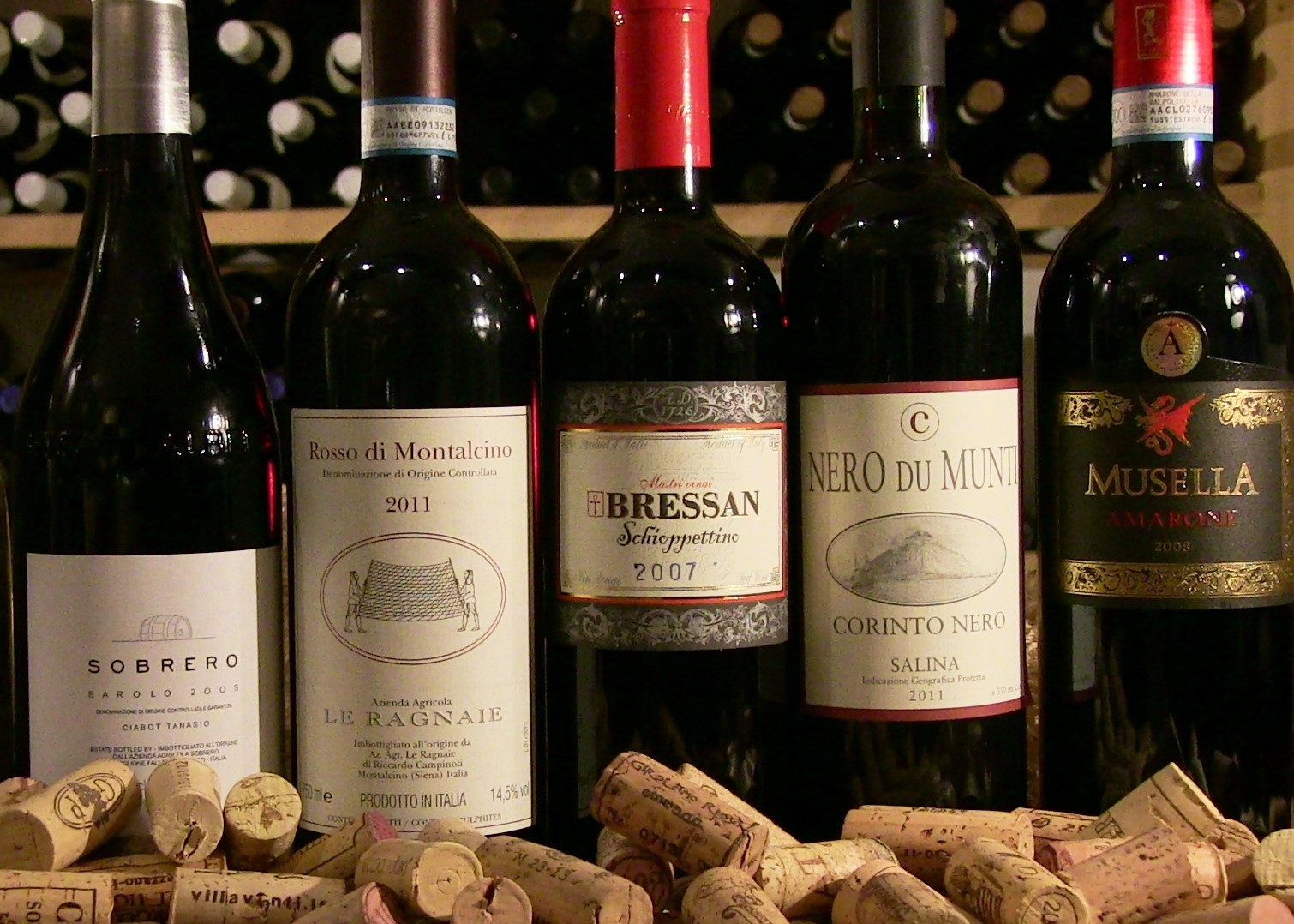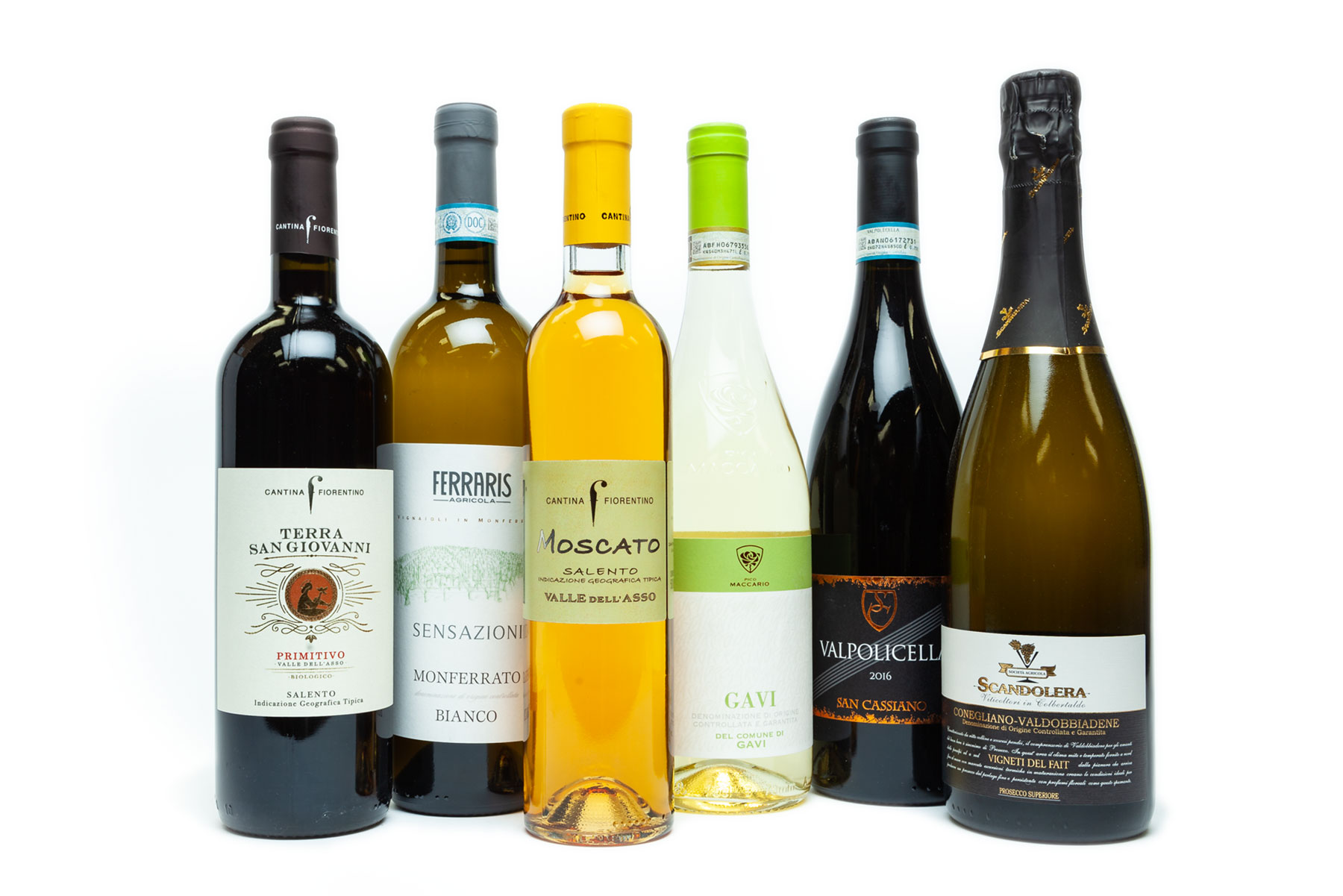

There are currently more than 300 Italian DOC wines.Let’s begin in the golden hills of Tuscany, home of Rocca delle Macìe Chianti Classico. The winery can state the vineyard that the grapes came from, but cannot name the wine after a type of grape and cannot use a name such as "Superior." Since a wine has to meet certain quality standards to qualify as DOC, the quality of Italian wines as a whole has improved since the first DOCs were established in the 1960s, though in some cases the rules drawn up by the commissions had unexpected effects - Super Tuscans, for example, arose from the requirement (since dropped) that producers include white grapes in their Chianti Classico. The rules for making Montepulciano d'Abruzzo DOC, for example, differ markedly from those for making Salice Salentino DOC (from Puglia) or Frascati DOC (from the area around Rome).
:max_bytes(150000):strip_icc()/CannubiBarolonuovo_NV-56aa146f3df78cf772ac50a7.jpg)
DOC wines are produced in specific, well-defined regions, according to precise rules designed to preserve the traditional winemaking practices of each individual region. "Controlled Designation of Origin" is the Italian answer to the French AOC ( Appellation d'origine contrôlée). Vino a Denominazione di Origine Controllata (DOC) For example, at least one producer in the Astigiano (a wine-producing region in the province of Asti, in northern Italy) makes a dry Moscato and labels it VdT because IGT regulations dictate that Moscato should be sweet. As a result, almost all of the quality wines that were formerly VdT are now labeled as IGT, the few exceptions being wines made in ways not encompassed by the IGT regulations.

The Vdt made today is mostly plonk, and this is because the laws were changed to prohibit putting a vintage on VdT wines. In short, in the past, with Vino da Tavola you either got "plonk".or something spectacular. However, whereas Tuscans blended Sangiovese with varying amounts of other grapes (usually Cabernet or Merlot), or vinified French grapes by themselves (Collezione de Marchi L'Eremo, a Syrah, or Fontodi's Pinot Noir, for example), in Piemonte they blended Nebbiolo and Barbera, under the theory that the Nebbiolo will supply the tannins, while the Barbera will supply acidity (Giorgio Rivetti's Pin, for example, is wonderful). Though most of the stellar Vini da Tavola were Tuscan, a number of Piemontese producers began to experiment with them as well. Sangioveto VdT, from another renowned Tuscan producer, Badia a Coltibuono, was named after a grape type, and therefore couldn't be called a Chianti Classico though it was, in fact, very classic - and very good, too. For example, Tignanello VdT, by the well-known and respected Tuscan wine producer Antinori, was a superb red wine that contained too much Cabernet to qualify as a Chianti Classico. In the past, however, there were also some spectacular Vini da Tavola, made by extremely good producers who decided to make something that didn't qualify for a superior status simply because of its composition or the way it was made. Tavernello is a good example of this type of wine. These days, most Italian table wines are insipid, thin, weak, and acidic, the sort of wine that used to be sold in jugs and is now sold in Tetra Paks. This literally means "table wine" and it's a wine intended for everyday drinking, whose production process is restricted by very few rules and regulations, other than that the stuff is not poisonous.


 0 kommentar(er)
0 kommentar(er)
